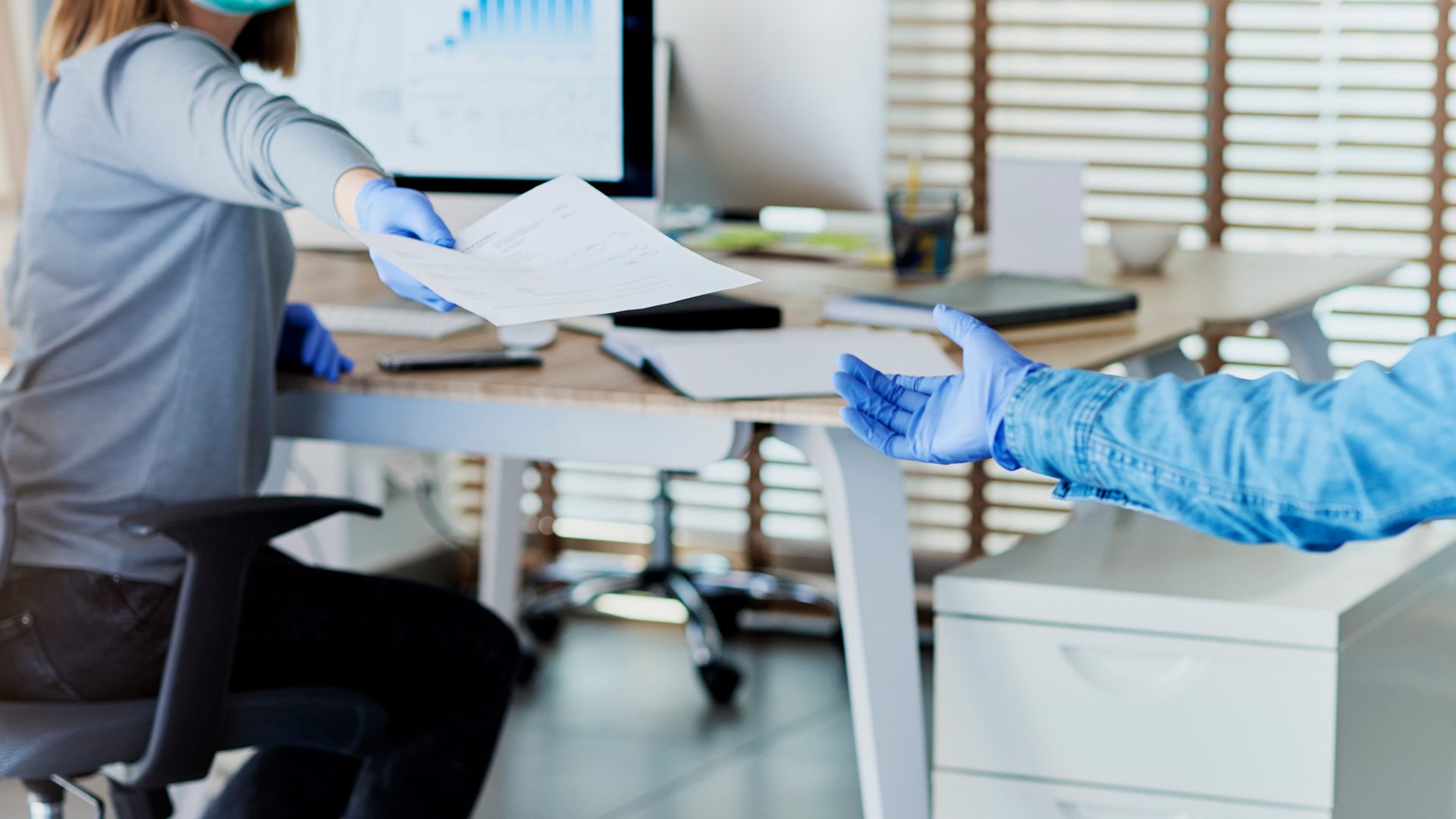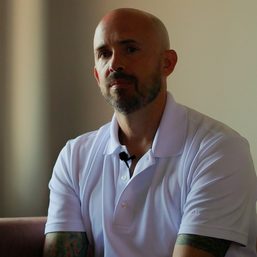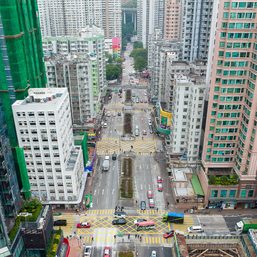SUMMARY
This is AI generated summarization, which may have errors. For context, always refer to the full article.

Employees returning to the office after the coronavirus pandemic ends might find fewer desks and more room to chat over coffee, real estate experts say, as companies look to “seduce” remote workers back by offering more space for interaction.
Lockdowns that have taken hold since March 2020 have forced millions of people to work from home – a shift that has been embraced by many companies as a possible long-term solution, allowing cost savings and flexibility for workers.
Idle workplaces have pushed some governments and developers to look into converting office buildings into residences, shops, restaurants and even indoor farms.
Yet, it might be too early to dismiss offices altogether, according to Coen van Oostrom, chief executive officer of Dutch real estate company EDGE.
“In March, we were on adrenaline thinking. ‘Oh, we don’t need officers anymore’,” he told an online panel organized by the World Economic Forum (WEF) this week. “Looking back now, I think that we all long to go back into the office.”
A survey of more than 2,000 office workers in 10 countries published in November 2020 found that while about one in 3 wanted to continue working from home after the pandemic, about the same amount also wished to maintain some access to an office.
“Social connection is … something that the workforce has missed through this virtual environment that we find ourselves (in)” said Tom Carroll, head of corporate research for Europe at JLL, the real estate firm that carried out the poll.
Companies have also become increasingly aware that things like training new staff, solving problems and coming up with new ideas are better done in person, he told the Thomson Reuters Foundation.
This is leading to a rethink of the purpose and design of workplaces that goes beyond giving workers more room to comply with health and safety regulations, he said.
Post-COVID-19 office plans by Australian architectural firm Woods Bagot envision large areas with sofas, armchairs and tables people can sit around to talk, with almost no screens in sight.
“Most of us have Zoom fatigue … so the idea is to try to reduce our use of technology when we’re in the office,” Amanda Stanaway, a principal at the firm who heads the workplace interiors department, said in an online video interview.
Social areas would be mixed with a few tech-heavy stations where employees can do computer work in a better, more ergonomic set up than they have at home, she said. But change might take some time to happen, she added.
Van Oostrom told the WEF panel that “we have to seduce our people working for us to come back into the office, so the office won’t be filled with desks anymore”, noting that desk work could be done from anywhere, be it home or a cafe.
“If you go to the office, you go there to communicate, to sit around the coffee machine and to hang out and have random meetings with people. So, the fun of work and being in the office is going to be a lot bigger than it was in the past.” – Thomson Reuters Foundation/ Rappler.com

Add a comment
How does this make you feel?



![[OPINION] A safe and healthy working environment is a fundamental right for every worker](https://www.rappler.com/tachyon/2023/04/workers-rights-april-28-2023.jpg?resize=257%2C257&crop_strategy=attention)

There are no comments yet. Add your comment to start the conversation.